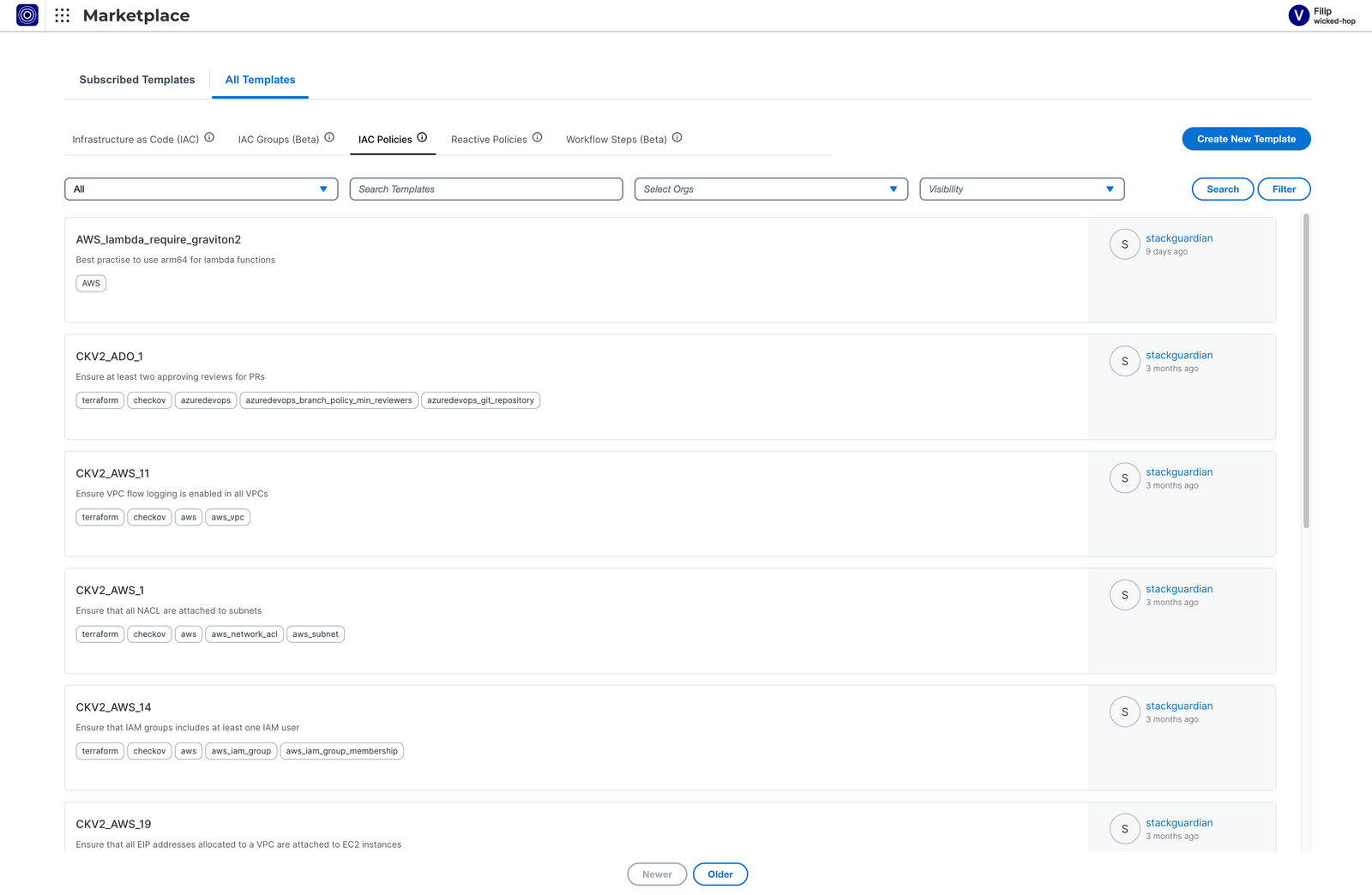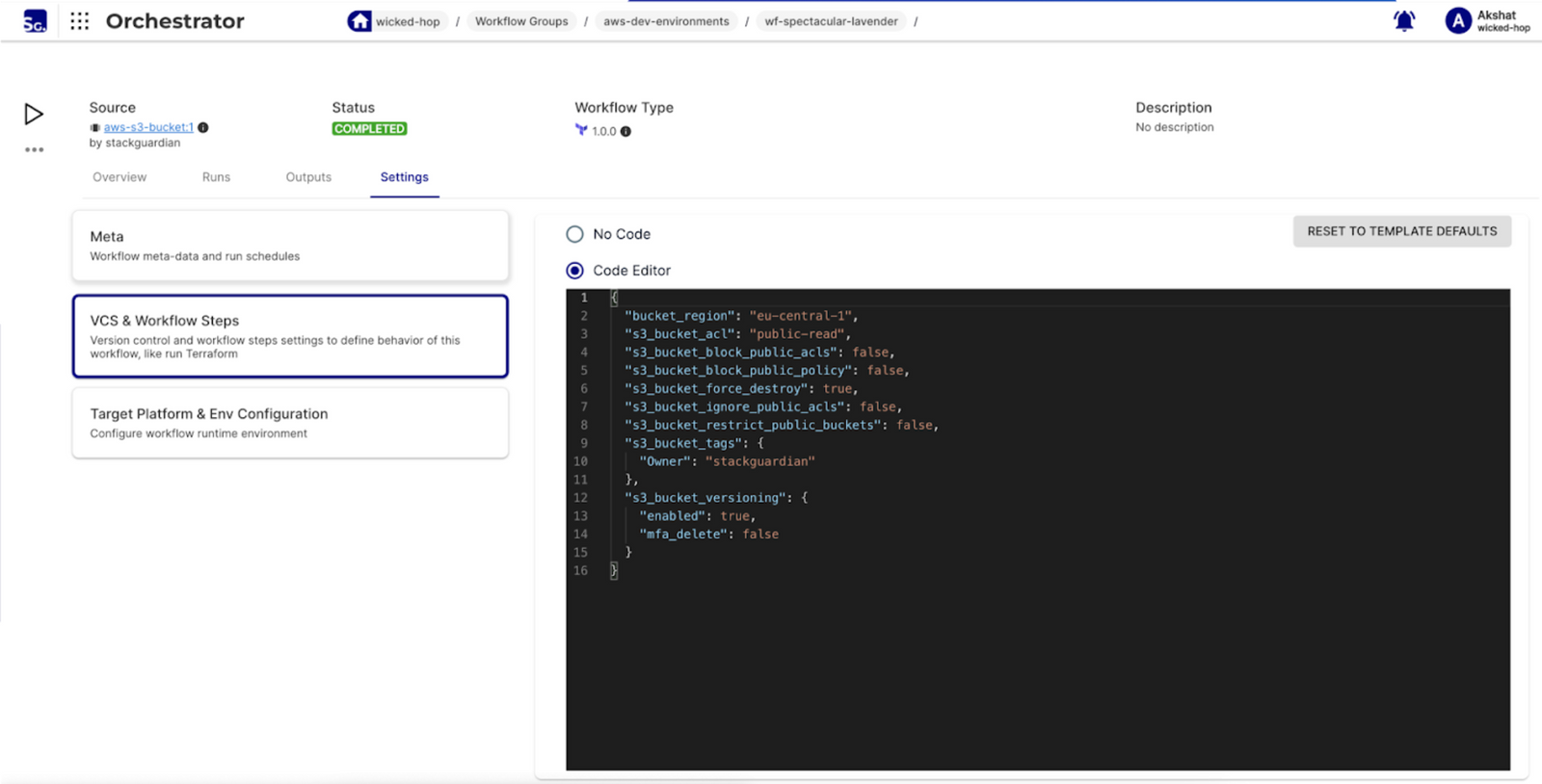Facebook founder Mark Zuckerberg’s now-famous motto: “Move fast and break things”, meaning approaching work and innovation with an emphasis on speed and experimentation, feels somewhat counterintuitive to most enterprises’ day-to-day reality.
In recent years, there has been a significant increase in regulatory scrutiny across various industries. From finance to healthcare to technology, companies are now required to comply with many regulations, which can be both time-consuming and costly. At the same time, there is a growing need for innovation and agility to stay competitive in today’s fast-paced business landscape. Infrastructure as code (IaC) has been heralded as a solution that can help companies balance these two seemingly conflicting goals.
At the same time, we need to ensure that we are using these solutions with the necessary guardrails to prevent cost overruns, wasted cycles, unsanctioned deployments, insecure and forgotten infrastructure; general results of scaling your way into a corner, regulatorily speaking.
So how do you find a balance between innovation and agility, and ensure that things don’t come back to bite you?
It all starts with visibility and control. Using StackGuardian’s Policy Framework, you can enable CloudOps & Security teams to define compliance proactively. By providing the guardrails, based on your organization’s compliance rules, or simply your best practices, you can ensure that the infrastructure you ultimately consume adheres to your data locality, security, and regulatory policies.

Is moving fast just for the lucky few?
As infrastructure administrators and members of the cloud center of excellence are inundated with the potential power of an Infrastructure as Code (IaC) approach, there are decisions to be made. Do you standardize on a certain public cloud vendor and solely use their IaC toolkit? Do you opt for a more abstracted third party like Terraform and start to retrain or hire outside expertise?
We have already seen the rise of citizen developers, business users with little to no coding experience, that build applications with IT-approved technology to quickly fill the need for faster digital transformation. These citizen developers bring the added benefit that your specific organizational knowledge is translated into the app, something that third party applications rarely achieve fully.
Using StackGuardian’s No-Code interface, you can empower any cloud consumer to build cloud environments faster than ever before. You provide the building blocks in the form of templates and enable full self-service in a secure and compliant manner.

This way, you can reap the benefits of both worlds. If you want, you can still see and consume the code outputted by the no-code system, and cater to both the experts and cloud consumers simultaneously.
Another sticking point for security and compliance is the ability to deal with infrastructure drift, day one good intentions don’t tend to stick around all that long. How is your January fitness membership going, for example?
StackGuardian’s continuous compliance ensures constant visibility into your cloud compliance posture by discovering cost and security misconfigurations, converting these misconfigurations into fixes, and detecting and remediating infrastructure drift.
StackGuarding provides a valuable solution for companies looking to balance innovation and compliance. By automating infrastructure management and incorporating compliance requirements into the code, teams can move faster and more efficiently, while also maintaining compliance with regulatory requirements. As regulations continue to evolve, oversight for IaC will become an increasingly important aspect for businesses of all sizes and across all industries.
For more information on StackGuardian please visit their website: https://www.stackguardian.io/